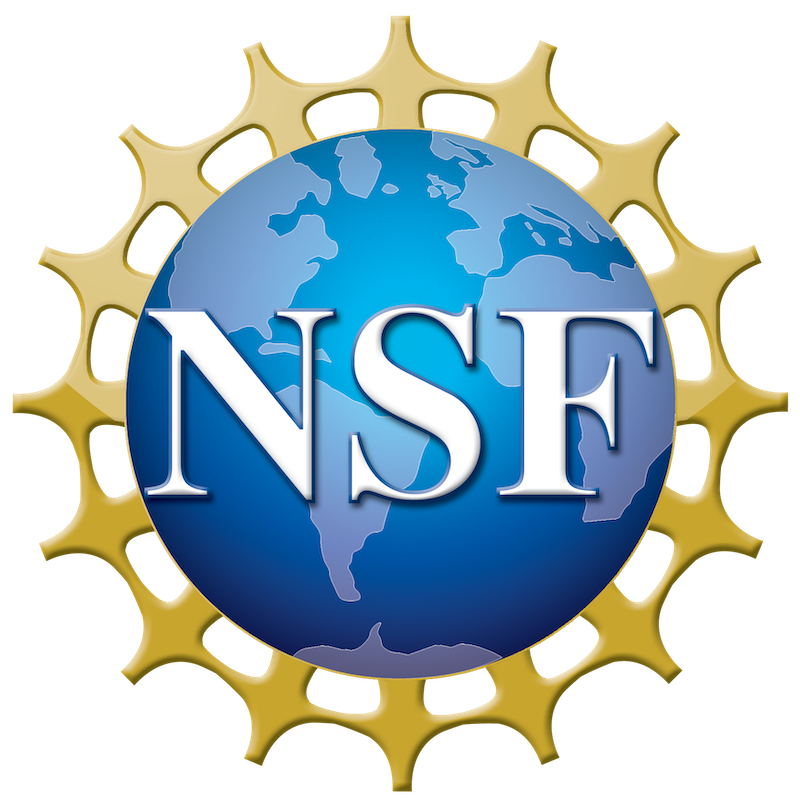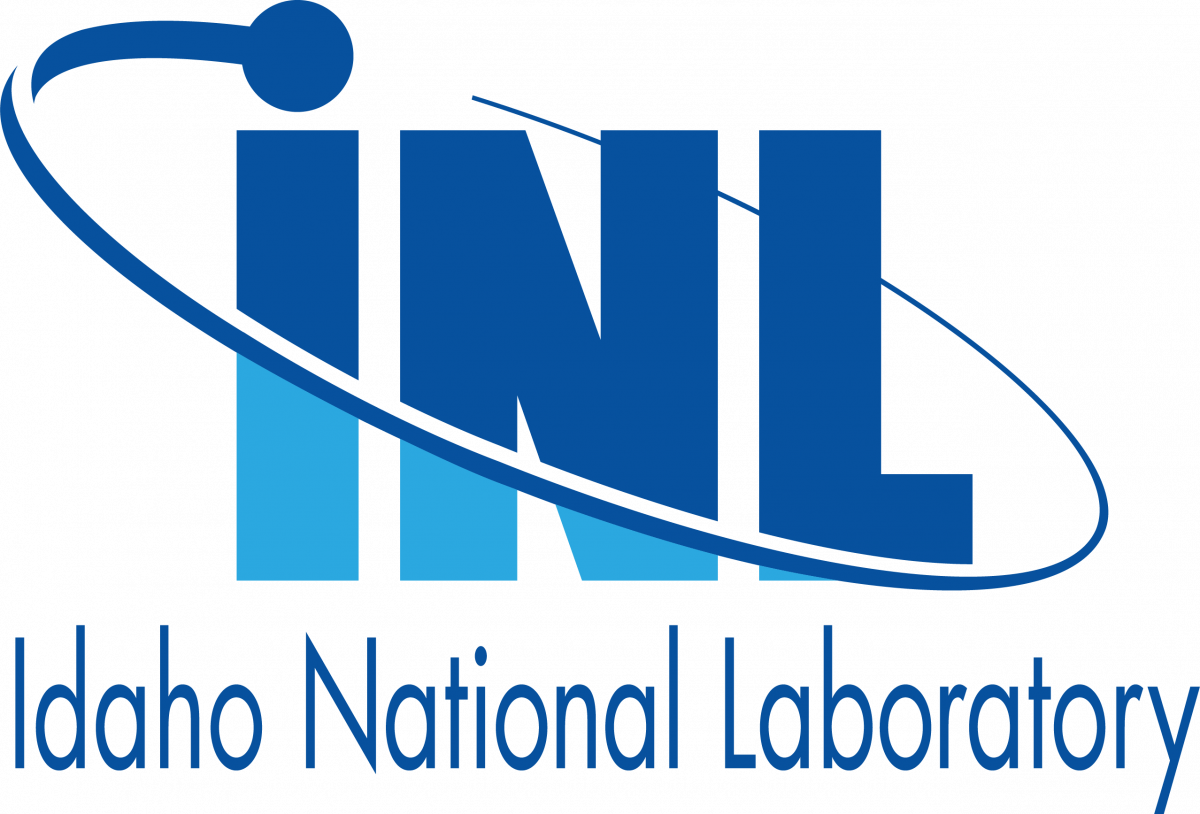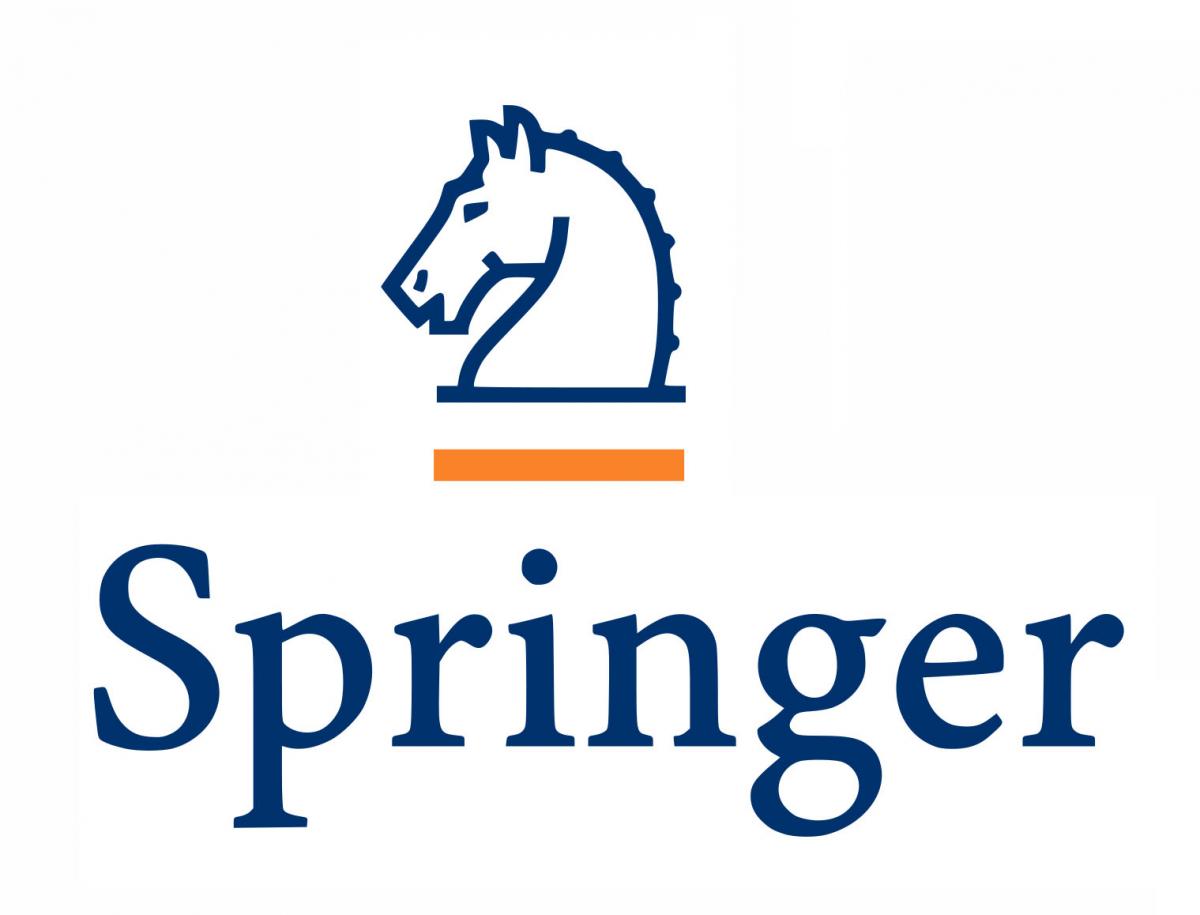Marco ten Eikelder, Technical University of Darmstadt
Laura De Lorenzis, ETH Zürich
Krishna Garikipati, University of Michigan
Yu Leng, Purdue University
Hector Gomez, Purdue University
In many processes in industrial applications and natural sciences, the evolution of interfaces is of paramount importance. Examples occur in a wide range of research areas including multi-phase flows, crack propagation, fluid-structure interaction, solidification, crystal growth and biomembranes. The phase-field methodology is a powerful mathematical modeling approach for systems with moving interfaces like these. In the phase-field method, moving boundary problems are reformulated as PDEs on fixed domains in which the interface evolution is governed by a PDE of a scalar order parameter (the phase field). Phase-field models are diffuse-interface models meaning that the interface is a smooth region described by the smooth phase field.
The phase field method has favorable properties, such as a rigorous thermodynamical structure and a physical interface description, but introduces new challenges for computations. Important challenges include the discretization of higher order spatial derivatives that typically occur in phase-field models, the design of thermodynamically stable numerical methods (both in space and time) and the treatment of a relatively sharp interface. This minisymposia is dedicated to modeling and computation with the phase-field method. We welcome talks on novel phase-field modeling approaches and numerical algorithms as well as applications in fluids, solids and biomechanics.











